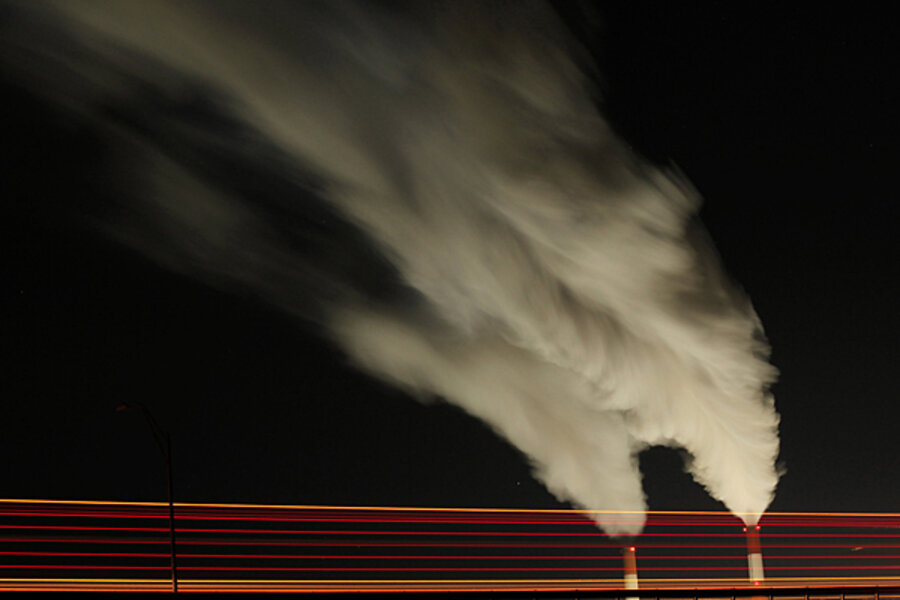Fuel from carbon dioxide: Is it too good to be true?
We currently have two main issues in our transport future.
The first is cutting down on fossil fuel use, ensuring our finite supplies can be used for longer than our current consumption levels would account for. The second is reducing greenhouse gas emissions, helping prevent runaway climate change.
If there was a way of solving both issues at once, you'd take it--right? Researchers at the University of Georgia could be doing just that.
Biomass Magazine reports the researchers have found a way of using microorganisms to turn atmospheric CO2 into energy--essentially replicating the processes found in plant life.
During photosynthesis, plants use sunlight to transform water and carbon dioxide into sugars that the plants use for energy.
The same process takes place in a microorganism called Pyrococcus furiosus--the poetically-named "rushing fireball". Its name stems from its preferred home--next to super-heated geothermal vents in the oceans.
By manipulating the rushing fireball's genetic material, the Georgia team has created an organism that is able to feed at much lower temperatures, on carbon dioxide.
"We can take carbon dioxide directly from the atmosphere and turn it into useful products like fuels and chemicals without having to go through the inefficient process of growing plants and extracting sugars from biomass," explains the University of Georgia's Michael Adams.
"What this discovery means is that we can remove plants as the middleman."
At the moment, the output is a chemical, 3-hydroxypropionic acid, but other genetic manipulations could generate fuel. This fuel would still emit carbon dioxide when burned, but thanks to the process that made it, it would be a more carbon-neutral process than burning fossil fuels.
The concept has promise, but isn't yet developed into something that can work on a large scale. So although this method is going into our drawer marked "one to watch", we're not getting our hopes up just yet...






